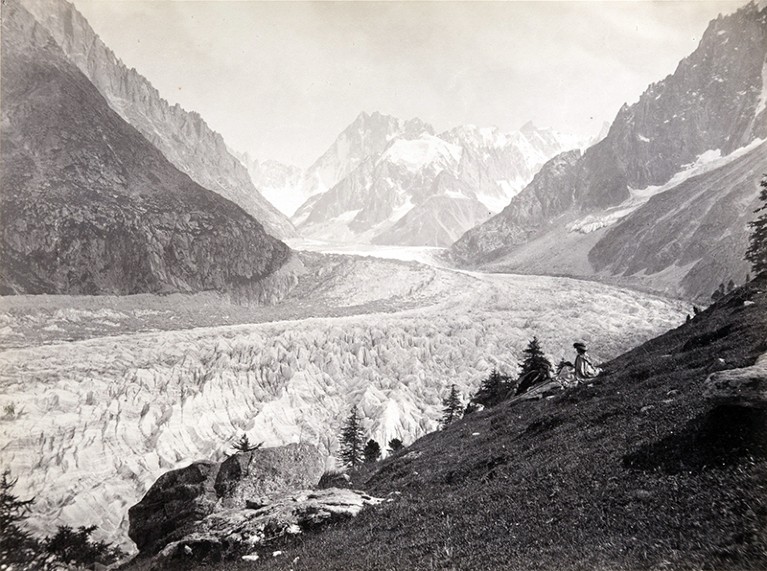
In the 1850s, Irish physicist John Tyndall traced the movement of the Mer de Glace (pictured) near Chamonix in France to gain insight into Earth’s ice ages.
Waters of the World: The Story of the Scientists Who Unravelled the Mysteries of our Seas, Glaciers, and Atmosphere — and Made the Planet Whole Sarah Dry Scribe UK (2019)
The roots of climate science stretch back further than many suspect — long into the nineteenth century. Victorian physicist John Tyndall’s work on glaciers, for instance, helped to pave the way for twentieth-century science by the likes of meteorologist Joanne Simpson, oceanographer Henry Stommel and palaeoclimatologist Willi Dansgaard. In her remarkable Waters of the World, historian Sarah Dry brings to life this chain of researchers who helped to reveal the dynamics of Earth’s planetary systems and humanity’s growing impact on them.
Why Nature joined the Covering Climate Now initiative
Dry makes the planetary personal, drawing on archival and published sources, oral histories and memoirs. She shows how the seemingly global has always been the product of individuals, places and moments in time. That approach effectively downscales the formidable nature of science that probes deep-time phenomena, from the dawn of Earth’s climate billions of years ago to human-driven change, particularly from the late-eighteenth-century start of industrialization.
Most of the pioneering researchers featured in Waters of the World were outsiders. The mathematician Gilbert Walker knew “next to nothing” about weather when, in 1904, he took charge of the India Meteorological Department in Simla. Stommel never earned a doctorate; Simpson became, in 1949, the first woman in the United States to gain one in the male-dominated field of meteorology. These scientists were, however, inevitably influenced by particular intellectual and institutional contexts: imperial networks of meteorological record-keeping and cold-war science. These scientific milieux shaped their inquiries and practices, and enabled them to contest and advance knowledge. Far from narrating a steady march to scientific triumph, Dry is keen to shed light on the messier experiences of knowledge gathering.
Tyndall, an outstanding experimentalist, is renowned for his 1859 account of the physical basis of Earth’s greenhouse effect. (US scientist Eunice Newton Foote had, however, beaten him to it three years earlier.) Tyndall’s research built on earlier theories, including those of geologist Louis Agassiz on prehistoric glaciations, and physicist Joseph Fourier on how Earth’s atmosphere traps heat.
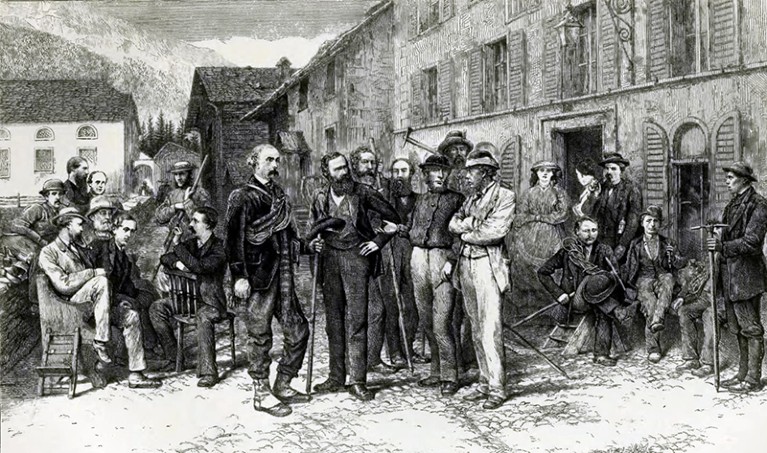
John Tyndall (centre right with beard and hat) helped to lay the foundations of modern climate science in the Victorian era.Credit: From Edward Whymper, Scrambles Amongst the Alps(London: John Murray, 1871)
On summer forays to the Alps, Tyndall measured motion in the Mer de Glace near Chamonix in France to gain insight into glacial movement during ice ages. He worked, too, on the heat-trapping capacity of water vapour and carbon dioxide, and surmised that variations in atmospheric levels would produce a “change of climate” — ideas that Swedish physicist Svante Arrhenius later advanced. At around the same time, Charles Piazzi Smyth, the Astronomer Royal for Scotland, was scaling volcanic Mount Teide in Tenerife, loaded with bulky telescopes. His observations prompted him to posit that researching water vapour might lead to successful weather prediction.
As Dry shows, water — as ice and clouds, and in ocean currents — became the way into understanding climate and climate change. Investigating tangible phenomena made hidden planetary mechanisms more mentally manageable. Varied in form but singular in essence, water demonstrated the unity of nature, described by the German polymath Alexander von Humboldt in his opus Cosmos (1845) as “the phenomena of physical objects in their general connection” and “nature as one great whole”. In atmosphere, land and ocean, transmuted continually by solar energy, water was revealed as the mechanism for global energy flow.
The imperial roots of climate science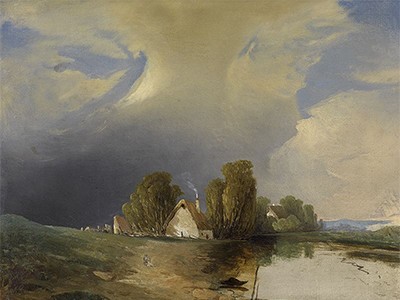
The breakthroughs of the nineteenth century enabled twentieth-century conceptualizations of Earth’s climate system. Walker’s 1928 idea of “world weather”, for instance, focused on alternating high and low pressure across the globe. The statistical methods of climatology pioneered in Europe in the 1880s by Julius von Hann and Wladimir Köppen enabled Walker, among others, to investigate the interlinked processes driving monsoons. And because observations had to be made in many places at once, they were aided by a world increasingly ‘shrunken’ by rail, telegraph and steamship. Walker’s identification of oscillations — cyclical weather patterns — was derived from pressure data collected from balloons, kites, photographs and correspondences around the world. Meanwhile, burgeoning scientific communities ensured that researchers in the new century were far from isolated.
The scale of climate research grew apace, inviting multidisciplinarity. Dansgaard, for instance, had begun collecting rainwater in his Copenhagen backyard in mid-1952 to show the isotopic profile of a local storm. That became a “great global rain hunt” for samples testable with a mass spectrometer. This project in turn allowed him to show that oxygen isotopes bound in water could reveal global patterns of evaporation and condensation. Later, in 1958, Simpson and fellow meteorologist Herbert Riehl discovered the role of certain clouds — “hot towers” — in transferring energy (as heat rising from the ocean) from lower to higher altitudes in the tropics.
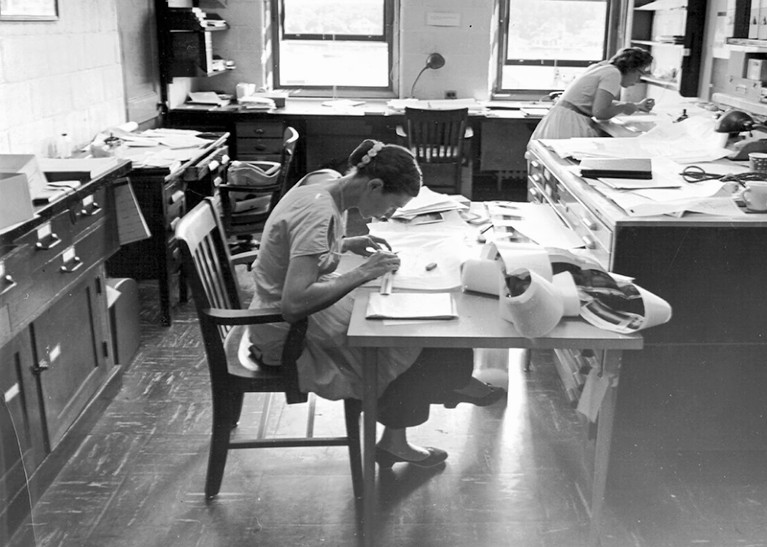
Joanne Simpson, who proposed the breakthrough ‘hot towers’ hypothesis of atmospheric circulation, studies photographs of tropical clouds in the 1950s.Credit: NASA/Alamy
Some of the era’s influential experimentation was rudimentary, even playful. Dry describes how, in the late 1940s, Stommel used parsnips as “experimental apparatus” to study turbulent flow. With the like-minded Lewis Fry Richardson, Stommel dropped pairs of the vegetables into Loch Long in Scotland, tracing their relative motion. The pair concluded that atmosphere and oceans exhibited similar forms of energy diffusion. It was not until the early 1970s that Stommel could test these ideas with the Mid-Ocean Dynamics Experiment in the Atlantic, which showed how turbulence drove ocean circulation.
Explorers at sea: centuries of science afloat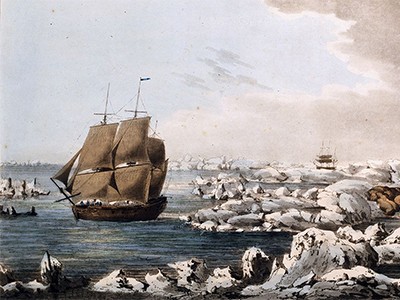
Meanwhile, in 1946, General Electric chemists Vincent Schaefer and Irving Langmuir were amusing themselves with the experimental potential of a domestic freezer. They discovered that dropping dry ice into supercooled water vapour could produce precipitation. Their colleague Bernard Vonnegut (brother of the novelist Kurt) then demonstrated that silver iodide was even more effective: cloud seeding had arrived. It would be deployed in US government programmes such as the 1962–83 Project Stormfury, which also drew on work by Simpson to control weather through the modification of hurricanes. Later, in the 1950s, a timber cabin on the grounds of the Woods Hole Oceanographic Institution in Falmouth, Massachusetts, became a hub for annual meetings where Simpson, meteorologist Jule Charney and other innovators teased out geophysical fluid dynamics. As Dry shows, imagination has been as important as mathematical skill in advancing planetary knowledge.
Today’s hugely sophisticated climate models have fed off all these developments. The numerical general circulation model (GCM) was first established by US meteorologist Norman Phillips in 1956. Now, it relies on the world’s most powerful computers to calculate how observed data respond to sets of physical equations that mimic climate processes. The GCM attempts to calculate all these processes across land, oceans and atmosphere, at different time intervals, to produce scenarios of future conditions.
Radiocarbon revolution: the story of an isotope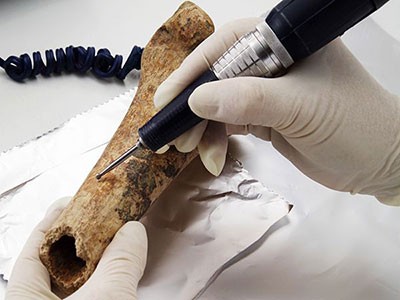
Climate science is the study of change: the discovery of the climate system coincided with the emergence of methods for tracking climatic shifts. From the late 1950s, the advent of ice-core analysis revolutionized the field, as scientists such as Dansgaard and Wally Broecker read Earth’s archives in the cryosphere. The extent and rate of human impacts on climate could be deciphered only once natural climate change — glaciations and warmer periods — was fully understood. With the entry of isotope analysis, ice cores and other palaeoclimate records have become invaluable yardsticks for checking future climate uncertainty.
Waters of the World demonstrates how impoverished science might become if stripped of the stories of the people who shaped it. As we live through a climate crisis of our own making, the book reveals how researchers, over more than 150 years, defined and measured the processes that got us here — and gave us the knowledge we need to curb their worst impacts.

 Radiocarbon revolution: the story of an isotope
Radiocarbon revolution: the story of an isotope
 Explorers at sea: centuries of science afloat
Explorers at sea: centuries of science afloat
 The imperial roots of climate science
The imperial roots of climate science








